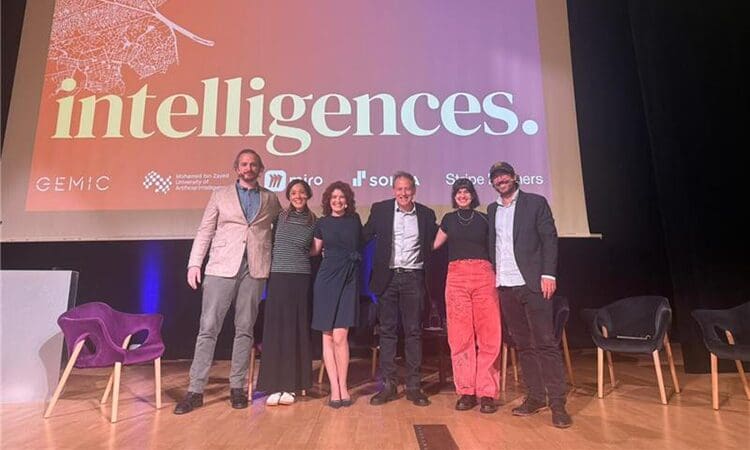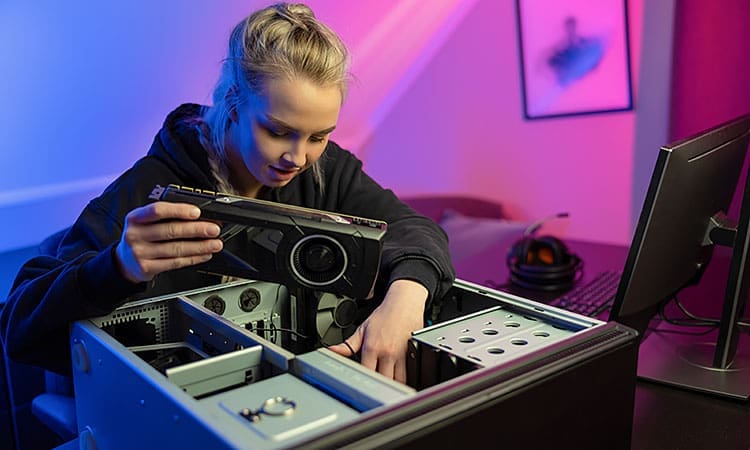Blogs
AI, future tech, & experience innovation
Explore how emerging technologies are reshaping the future of experience.
From generative AI and voice interfaces to robotics and mixed reality, this content digs into the intersection of UX and next-gen tech.
Is your research ready for the unpredictable world of LLMs?
As AI products powered by large language models grow more complex, traditional UX methods fall short. Bold Insight and Panasonic Well share how simulation can uncover safer, faster insights for unpredictable systems and build the foundation for trust, innovation, and lasting impact.
Mind the AI gap: The UX researcher’s role in navigating the AI divide
Explore how UX researchers can bridge the gap between AI hype and real-world limitations by asking tough questions, running experiments, and creating frameworks that guide responsible use.
AI Governance: Safeguarding innovation in an evolving regulatory landscape
Discover how leading experts at CES 2024 navigated the complex landscape of AI innovation and risk governance, offering invaluable insights into launching AI products responsibly amidst evolving regulations.
Decoding the user experience of conversational AI
Our CUI expert discusses the complexities of evaluating and improving UX in conversational AI, focusing on factors like personality, context, and conversation flow.
GenAI at the inflection point: Navigating the third wave
2024 is forecasted to be a crucial inflection point for AI, marking the third wave of transformative technologies. Here, we break down learnings on GenAI from our visit to the Consumer Electronics Show.
The role of AI in transforming the car-buying experience
Insights from CES 2024 highlight AI-driven changes in the automotive sales experience: customer-centric strategies, opportunities for personalization, and evolving business models reshaping the industry.
Generative AI in UX research: what are the risks and rewards?
Generative AI can speed up repetitive research tasks, but it’s still hard to trust each output. Our global AI study measures the concrete impact.
Not sure how to use AI tools in your UX research? Consider making it your sparring partner
Generative AI can help researchers refine and clarify research objectives, communicate effectively, and spark creativity and strategic thinking.
When it comes to voice print UX, what is our role as researchers?
During a recent study, we asked participants how long they thought they would have to speak in order for their voice to be uniquely recognized (i.e., voice print). While their estimates varied widely - from 30 seconds to 30 minutes - most people said about three to...
UX principles for robot design: Have we begun to baseline?
As the robotics industry continues to find its way into our lives, we can begin to identify UX design principles to apply to this tech to increase the acceptance of robots and improve the human-robot interaction experience.
AI benefits from GPU, not CPU advancements
A quick follow-up to our blog posts about AI… The name of the game is no longer Moore's Law where we see processors getting exponentially faster. AI technology is driven not by computing processes of the past, but from an evolution beyond central processing unit (CPU)...
The critical component missing from AI technology
The first step when developing AI is to understand the user need; but just as critical, is knowing the context in which the data is being collected.
Three things to improve acceptance of AI
To truly deliver on the promise of AI, developers need to keep the end users in mind. By integrating three components of context, interaction, and trust, AI can be the runaway success that futurists predict it will be.
Singularity and the potential impact on UX design principles
If we are approaching a rapid technology shift as some experts predict, core UX design principles will have to be redefined to adapt to radically different interaction models.
Designing for Voice: The next phase of UX design
Good design involves understanding and incorporating core UX elements (people, environment, and tasks), but frictionless voice UI design needs more: UX designers need to understand the idiosyncrasies of voice as a medium. What we learn, and how those insights are translated into a voice interface design is a new challenge for UX design.
































